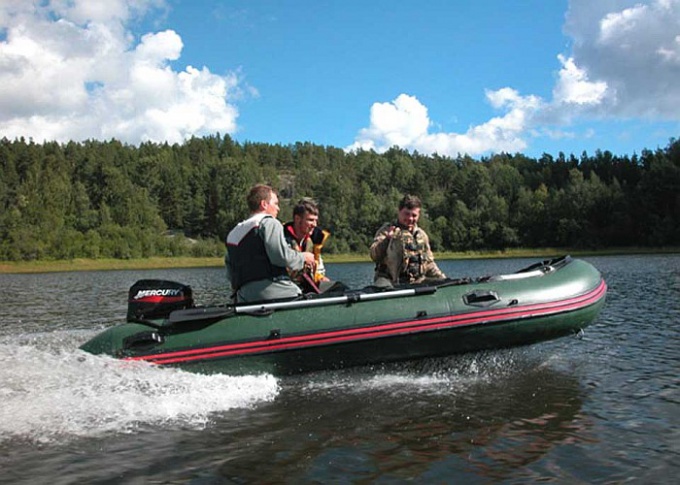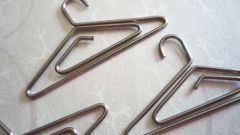Instruction
1
Get a boat or take to the rental at the boathouse.
2
Take the boat to the shore. To do this, use a trailer or have it delivered. The boat should be put in a backpack, not forgetting to take the pump.
3
Can provide a life vest. It will come in handy if you find yourself in water far from shore.
4
For cases when the hull of a watercraft is damaged, or waves it will throw water, take an excellent capacity to bail out over the side of the water.
5
Pull the boat into the water. Inflatable boat you must pump more air.
6
Check oars (if the boat provides for it), fixtures, masts (in the case of sailing boats), and if it is large, the presence of a shipping employee anchor. On a motor boat install motor, if it is removable. Fuel in accordance with the enclosed instruction, following the rules of fire safety.
7
Get into the boat, trying not to flip. Remove from the water the anchor or untie her.
8
To insert the rowing boat oars in the oarlocks. Sit so that your back is facing the bow of the boat. Motor boat located at the rear of the motor.
9
Start to work the oars, alternately or simultaneously, or kick start the engine or flatten the sail and catch the wind.
10
Periodically adjust the direction of motion: for sailing ship, sails for boats – changing the rotation around the axis of holder motor and rowing boats – exerting less effort to paddle one of the sides.
11
Be careful captain, avoid different obstacles that are possible in the water, shoals, snags, thickets of seaweed and the like. If possible, find out in advance a safe route from the start to the end point. Or at least ask what places are best to avoid for that type of boat with which you went in to swim.
Note
Be particularly aware of the passing of bathers, swimmers and other boats and avoid collision with them.
Refrain from using a boat in a storm and the storm.
Refrain from using a boat in a storm and the storm.



